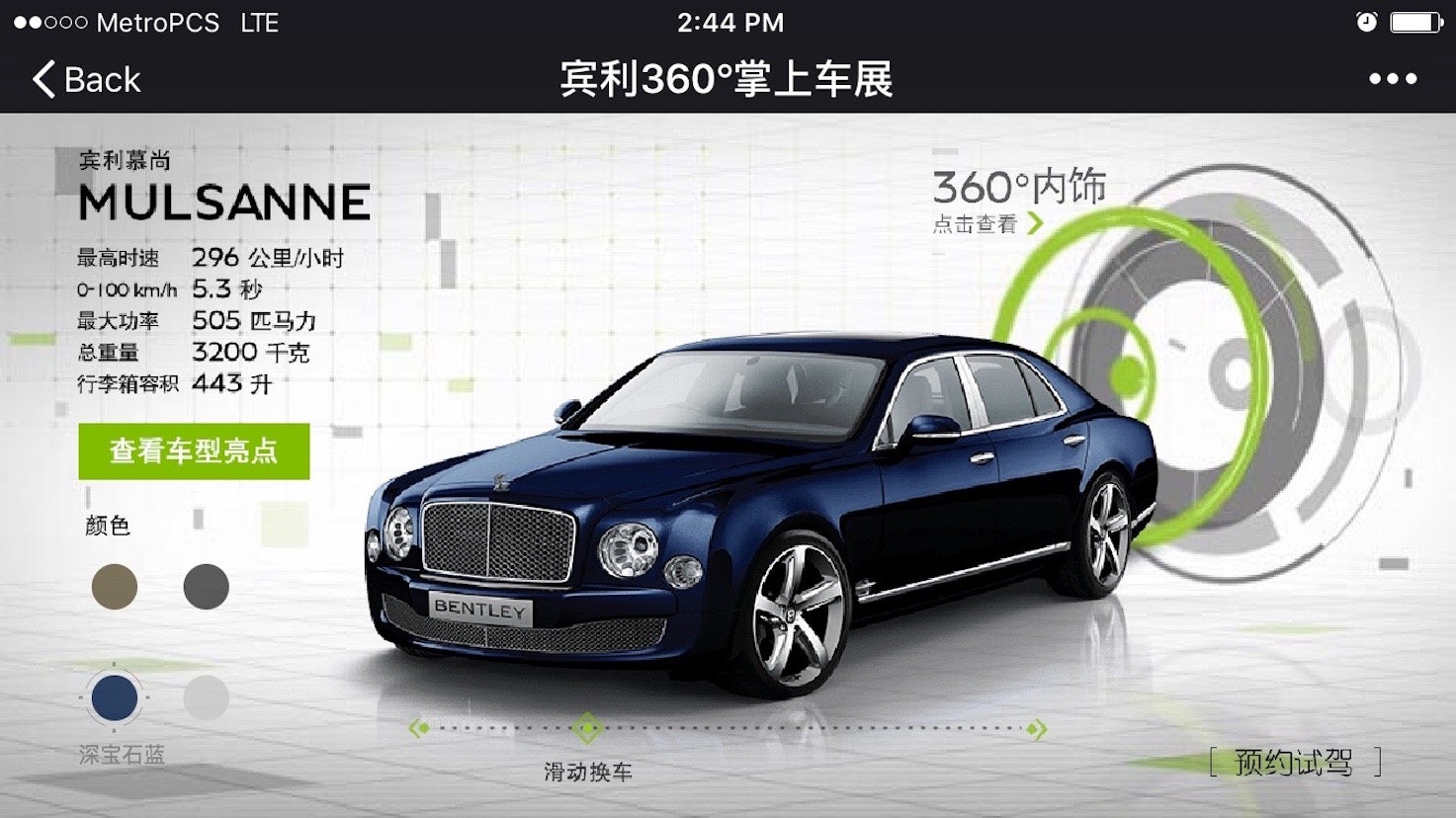My father and I always get into a battle of superlatives, and yes, I always win because I live in China, land where everything is the biggest and fastest growing. But this year, my father finally nailed me with one: as of 2016, my hometown of Sioux Falls, South Dakota, has doubled in size since I was born there. The city is now bursting at the seams and has grown to close to 160,000 people, making it one of the American Midwest’s biggest urban success stories. Sioux Falls has no natural resources, just a healthy business environment and friendly people which have attracted newcomers to the place for decades.
Sorry, Dad, but in population terms, Sioux Falls is roughly the same size as a tiny portion of my Shanghai neighborhood, which is a part of a bustling city of 25 million people, one of the largest in the world, and yes, it’s grown exponentially over the years. Gotcha.
When it comes to size, you can’t beat China, and for many of us, bragging rights were one of the reasons we came here to be a part of the most exciting and dynamic markets in the world. The thought of selling products to 1.3 billion people has always been insatiable to global brands and agencies have also contributed in fueling the wildfire. When you present to new international clients, you can’t help but start out your digital presentation with the infamous superlative slide showing massive internet penetration and huge smartphone growth. Some digital planners have even made a living off of presenting China digital superlatives to clients. They can’t write a brand strategy but can dazzle “China rookies” with stories of the meteoric rise of WeChat. The truth is that we the little people had nothing to do with it, but it’s still wonderful to be a part of the action.
Six years ago, thinking big was also how brands used to conquer China digital. As the market turned away from traditional advertising and traditional retail, brands that were perceived as innovative were the ones who poured a large percentage of the marketing budget into the sector. It was those days when brand mini-sites and crazy banners were the rage, and it didn’t matter that nobody clicked on them, they just had to look cool. Quantity of fans on social media site Weibo was way more important than the quality of them, and brand managers even allocated funds to agencies to create zombie fans to impress their bosses back home.
It was all to live up to the big—and may I say—artificial dream of reaching a billion people. And now that social media channels and closed digital television platforms have made Chinese millennials virtually unreachable, it’s time to stop thinking big, because big digital, for most brands, doesn’t work anymore.
In fact, it’s time for China advertising to think small… I’m talking Sioux Falls, South Dakota, small.
The reality is that most brands—especially in the luxury segment—are not interested in the masses and really can achieve success by talking to smaller groups of individuals, who are the only ones who are truly interested in buying their products. That’s the magic of China: a tiny percentage of a billion people is in fact far bigger than their entire market in the UK. The challenge comes in on how to micro-target them, sorting the prospects from the others, and that’s where the power of data comes in.
China marketers collect troves of data but use it primarily for sales reports, and rarely build predictive models that could help them better understand common traits in behavior of their target consumers. With such high degrees of channel fragmentation in China, success is really about fishing where the fish are.
Take the auto market, for example. Dealers get hundreds of potential leads daily, but which ones to call first? More importantly, who is most likely to buy? Predictive modeling is one way to develop patterns in customer behavior to sort out the most likely buyers of its luxury and mainstream auto brands. Through predictive modeling, we were able to flag those most likely to convert, resulting in a 1.5 times increase in sales over traditional leads cold calling.
Luxury brands have loads of data collected from social media, retail stores, and e-commerce, and can start to create segments not just based on past sales, but also demographic and lifestyle interests. For Bentley, for example, we send out segmented and targeted WeChat communications on a daily basis.
Data targeting helps bring clarity to a clouded, super-sized China market. China superlatives are still fun, and yes, my father will continue to lose our battles, but it’s really about the quality of smaller and more effective, targeted audiences is where the focus needs to be. Luxury brands need to use the power of data modeling to fish where the fish are.
Bryce Whitwam is the CEO at Wunderman China. He can be contacted at bryce.whitwam@wunderman.com.
